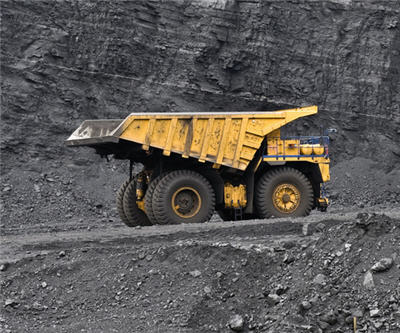Energy demand is up 30 percent by 2040 but coal will be a smaller part of the picture

Energy demand is predicted to be 30 percent higher by 2040 due to growing population and a rising GDP, but coal use will peak and decline over this same period.
ExxonMobil (NYSE:XOM) published The Outlook for Energy: A View to 2040 on Thursday.
Coal currently generates 40 percent of the world’s electricity needs.
“The mix of fuels used to produce electricity will change dramatically, however, as nations shift away from coal in favor of lower-carbon sources such as natural gas, which emit up to 60 percent less CO2 than coal when used for electricity generation. By 2040, 30 percent of the world’s electricity will be produced using natural gas, while demand for coal will peak and experience its first long-term decline in modern history,” writes the reports authors.
Energy use in the United States is expected to remain constant; however countries outside the Organization for Economic Cooperation and Development, like China and India, will see energy demand rise 60%.
Due to the significant growth in population and higher GDP, energy output should be much higher, but the report states that innovations in efficiency will make up the shortfall.
“While global energy demand is expected to rise by about 30 percent from 2010 to 2040, demand growth would be approximately four times that amount without projected gains in efficiency. Efficiency is the key reason why energy demand will rise by only about 1 percent a year on average even as global GDP rises by nearly 3 percent a year. It also is the reason why OECD energy demand will remain relatively unchanged through 2040 even as its economic output nearly doubles.”
ExxonMobil predicts that hybrid vehicles will make up 50 percent of the cars people drive. So while the number of personal vehicles in the world will double, energy demand will stay flat. Commercial transportation, such as ships, airplanes and trucks, will rise more than 70 percent.
“Demand for oil and other liquid fuels will rise by nearly 30 percent, and most of that increase will be linked to transportation. A growing share of the supplies used to meet liquid-fuel demand will come from deepwater, oil sands, tight oil, natural gas liquids and biofuels.”
More News
{{ commodity.name }}
{{ post.title }}
{{ post.date }}

Comments